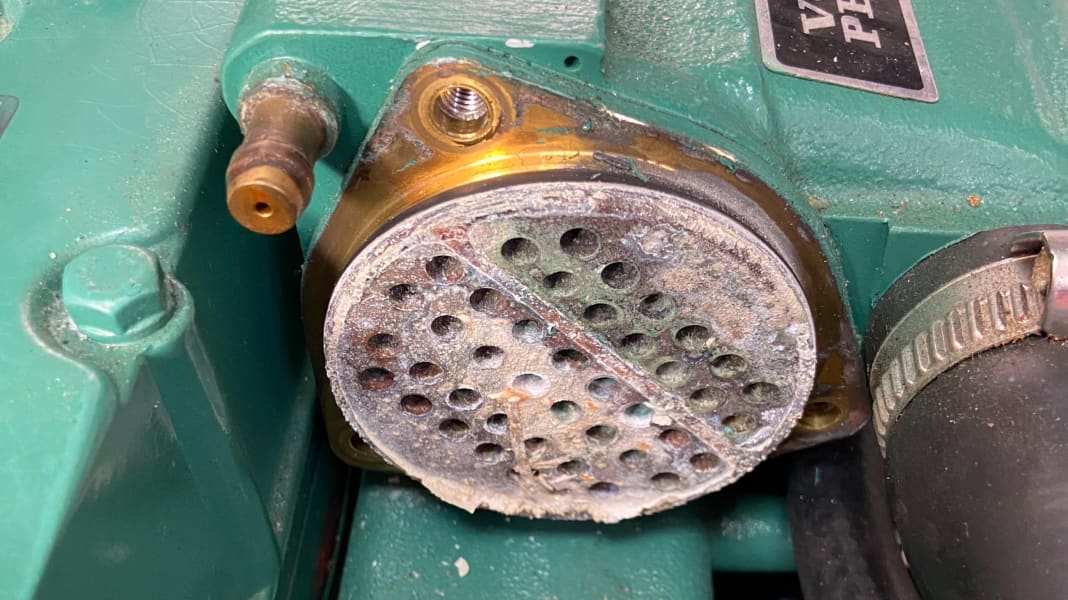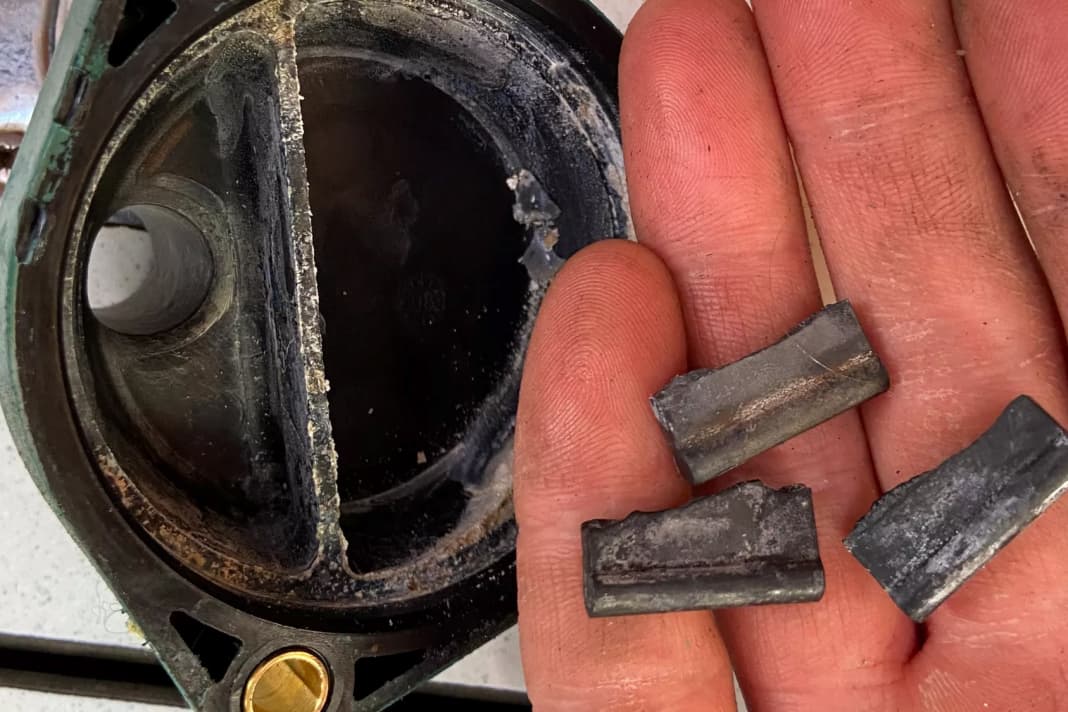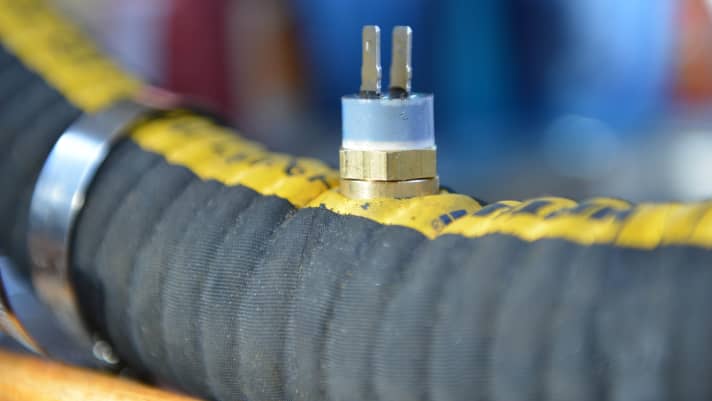
This article is part of the special season start. All parts:
- Cast off - how to get the new season off to a smooth start
- Checklist: Fit for the new season - the checklist
- Cleaning, polishing and care
- The best care and cleaning products for boats
- Last-minute tips from the experts at Pantaenius for the start of spring
- Checklist for the boat trail
- The best tips from the Pantaenius specialist
- Changing the oil in a boat engine - here's how!
- Special pumps - changing oil in no time at all
- To check the cooling circuit
- How to renew the antifouling
- Boat equipment - the more, the better
The obligatory commissioning inspection is one of the unavoidable compulsory exercises for the machine operator. If you have already changed the oil and filter, the next step is to focus on the engine's cooling system.
Before filling with water, the bottom valve is checked for free movement and function. To do this, the seawater filter is filled with water with the valve closed. If the valve is not tight, it must be repaired or replaced. The same applies if the valve does not open completely.
Damaged impeller blades can block the cooling circuit



The seawater filter insert must be cleaned and the seal fitted with acid-free grease or Vaseline. If the through-hull passage and filter are in order, the inspector's attention turns to the seawater pump. The impeller, which has spent the winter rubbed with glycerine in a clean cleaning cloth, is pushed into the pump housing together with the shaft. Care must be taken to ensure that the impeller blades are bent in the direction of rotation and that the oil seals are not damaged when the shaft is pushed in.
Before topping up with fresh water or coolant (dual-circuit cooling), the drain plugs of the cooling system are filled with grease (see the engine operating instructions for where to find them) and the sacrificial anodes in the heat exchanger and oil cooler are checked. Worn anodes must be replaced. Only now is the system filled to the maximum mark via the heat exchanger or expansion tank (depending on the engine type).
Check the cooling water level after warming up
The thermostat is tested in water. If the temperature display on the instrument panel remains in the "green range" between 70 °C and 80 °C after a short rise during the test run, the thermostat is OK. But be careful: After warming up, the cooling water level must always be checked again.
At the end of the inspection, the hose and pipework are checked and the exhaust silencer is inspected. Here, too, there are drain plugs that need to be inserted before starting the engine for the first time. Porous and chafed hoses should be replaced, as should over-tightened hose clamps. The fresh water pump (only with dual-circuit cooling) and exhaust manifold are generally maintenance-free, with the exception of the drain plugs.

Once the engine has started in the water, the engineer immediately checks the function of the seawater pump. If water comes out of the (above-water) exhaust, everything is in order, at least for the test run. Pumps with underwater exhaust are tested using the "hand lay-on method". If the pump becomes warm, something is wrong and it must be put on the test bench or replaced if necessary.
Tip: Monitoring

There are so-called remote thermometers available from accessory dealers that can be used to measure the cooling water temperature at any point, for example directly at the water outlet. Careful skippers fit such measuring units, which work independently of the regular engine instrument and can provide an early warning if necessary.
This article is part of the special season start. All parts:
- Cast off - how to get the new season off to a smooth start
- Checklist: Fit for the new season - the checklist
- Cleaning, polishing and care
- The best care and cleaning products for boats
- Last-minute tips from the experts at Pantaenius for the start of spring
- Checklist for the boat trailer
- The best tips from the Pantaenius specialist
- Changing the oil in a boat engine - here's how!
- Special pumps - changing oil in no time at all
- To check the cooling circuit
- How to renew the antifouling
- Boat equipment - the more, the better

